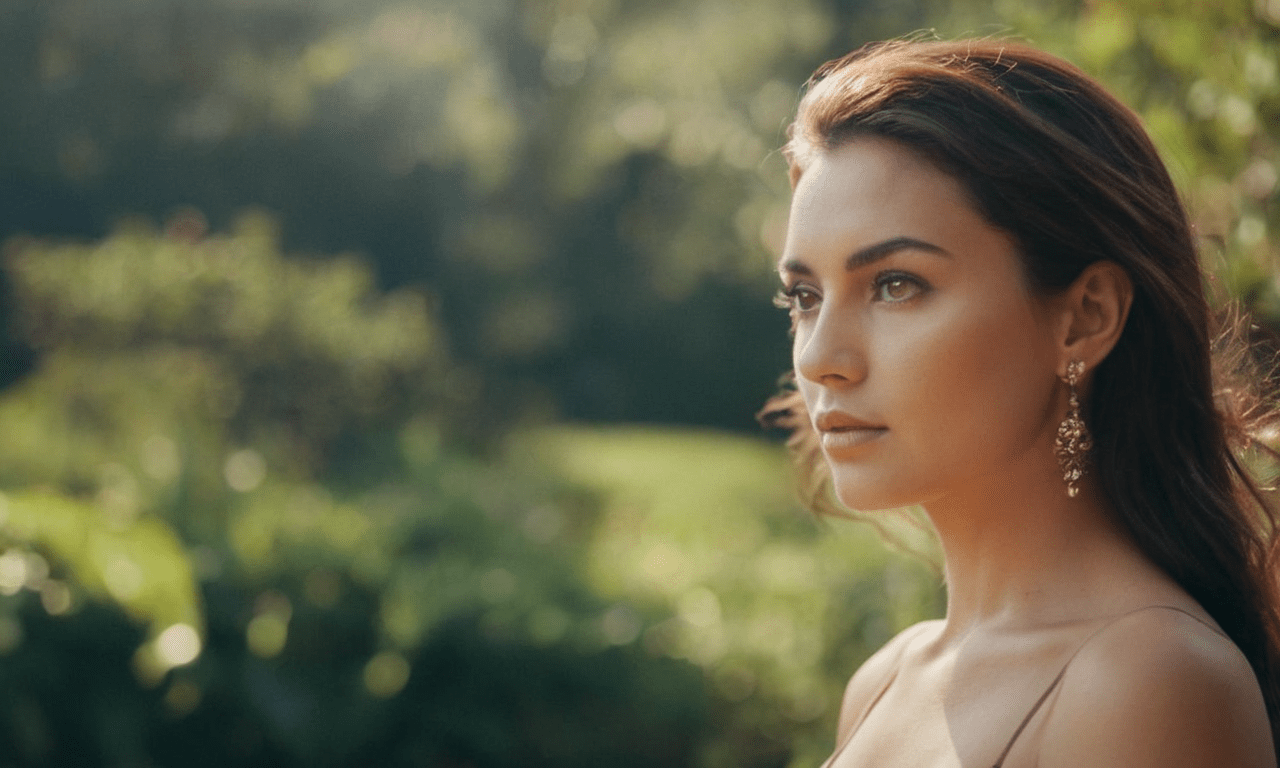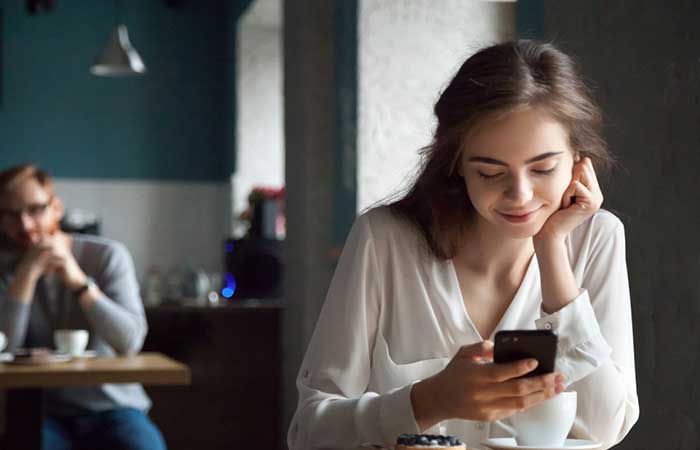Relaxation Techniques for Anxiety Reduction.
Introduction
Anxiety is a common and often debilitating condition that affects millions of individuals worldwide. It can manifest in various forms, such as generalized anxiety disorder, panic disorder, social anxiety, or specific phobias. The symptoms of anxiety can range from persistent worry and restlessness to rapid heartbeat, shortness of breath, and even panic attacks. While medication and therapy are commonly used to manage anxiety, there is a growing interest in alternative approaches, particularly relaxation techniques, as effective means of anxiety reduction.
Relaxation techniques encompass a variety of practices that aim to calm the mind and body, promoting a state of deep relaxation and tranquility. These techniques have been studied and utilized for centuries across different cultures and traditions, and their effectiveness in alleviating anxiety has been well-documented. By engaging in relaxation techniques, individuals can learn to regulate their physiological and psychological responses to stress, ultimately reducing anxiety levels and improving overall well-being.
One widely recognized relaxation technique is deep breathing exercises. Deep breathing involves taking slow, deep breaths, focusing on the inhalation and exhalation process. This technique helps activate the body’s relaxation response, slowing down the heart rate and promoting a sense of calmness. Progressive muscle relaxation is another effective technique that involves systematically tensing and releasing different muscle groups, promoting physical relaxation and reducing muscle tension associated with anxiety.
Meditation and mindfulness practices have also gained significant attention in recent years as potent tools for anxiety reduction. By training the mind to focus on the present moment and observe thoughts and sensations without judgment, individuals can cultivate a greater sense of awareness and detachment from anxiety-provoking thoughts. These practices have shown promising results in reducing anxiety symptoms and improving overall mental well-being.
In this article, we will explore various relaxation techniques for anxiety reduction. We will delve into the science behind these techniques, examining how they affect the body and mind. Additionally, we will discuss the benefits of incorporating relaxation techniques into a daily routine and provide practical recommendations for integrating these techniques into everyday life. By understanding and implementing these relaxation techniques, individuals can empower themselves to manage anxiety and lead a more balanced and peaceful life.
Relaxation Techniques for Anxiety Reduction
Deep Breathing Exercises
One of the most accessible and effective relaxation techniques for anxiety reduction is deep breathing exercises. Deep breathing involves taking slow, deep breaths, focusing on the inhalation and exhalation process. This technique helps activate the body’s relaxation response, slowing down the heart rate and promoting a sense of calmness.
To practice deep breathing, find a comfortable position, either sitting or lying down. Close your eyes and take a slow, deep breath in through your nose, allowing your belly to expand as you fill your lungs with air. Hold your breath for a few seconds, and then slowly exhale through your mouth, letting go of any tension or stress with each breath. Repeat this process several times, allowing your body and mind to relax with each breath.
Progressive Muscle Relaxation
Another effective relaxation technique for anxiety reduction is progressive muscle relaxation. This technique involves systematically tensing and releasing different muscle groups, promoting physical relaxation and reducing muscle tension associated with anxiety.
To practice progressive muscle relaxation, start by finding a quiet and comfortable space. Begin with your toes, tensing the muscles in your feet and holding the tension for a few seconds before releasing it. Slowly work your way up, tensing and releasing the muscles in your legs, abdomen, arms, and face. Pay attention to the sensations of tension and relaxation in each muscle group, allowing yourself to fully let go of any tension as you release it. This technique can help promote a sense of physical calmness and release built-up tension in the body.
Meditation and Mindfulness
Meditation and mindfulness practices have gained significant attention as powerful tools for anxiety reduction. These practices involve training the mind to focus on the present moment and observe thoughts and sensations without judgment. By cultivating a greater sense of awareness and detachment from anxiety-provoking thoughts, individuals can reduce anxiety symptoms and improve overall mental well-being.
To begin a meditation practice, find a quiet and comfortable space where you can sit or lie down. Close your eyes and bring your attention to your breath, observing the sensations of each inhalation and exhalation. As thoughts arise, gently acknowledge them without judgment and redirect your focus back to the breath. Start with short sessions, gradually increasing the duration as you become more comfortable with the practice. Regular meditation can help calm the mind, reduce anxiety, and enhance overall emotional resilience.
Conclusions
In conclusion, relaxation techniques offer valuable tools for anxiety reduction. Deep breathing exercises, progressive muscle relaxation, and meditation/mindfulness practices can effectively calm the mind and body, reducing anxiety symptoms and promoting a sense of well-being. By incorporating these techniques into daily life, individuals can cultivate a greater sense of self-awareness, manage stress more effectively, and lead a more balanced and peaceful life. It is important to remember that consistency and practice are key to experiencing the full benefits of these relaxation techniques. So, take a deep breath, relax, and embark on a journey towards anxiety reduction and improved mental well-being.








How’s it going? Wonderful health and beauty advice that’s easy to incorporate into daily life. Catch you later
Hi “A healthy outside begins with a healthy inside.” – Anonymous Later
How have you been? “Health is not just about what you’re eating. It’s also about what you’re thinking and saying.” – Anonymous Bye
How are things? The beauty product reviews here are spot on. I found my new favorite moisturizer! Later
Hi there “A healthy outside begins with a healthy inside.” – Anonymous best regards
Long time no see “Beauty is health made visible.” – Anonymous Bye
Hi This site is a must-visit for anyone serious about health and beauty. See you soon
How’s everything? Fantastic blend of health, beauty, and wellness content. I’ve recommended it to all my friends. Catch you later
What’s up? “Invest in your skin. It’s going to represent you for a very long time.” – Linden Tyler Peace out
What’s up? Fantastic blend of health, beauty, and wellness content. I’ve recommended it to all my friends. See you around
Good afternoon “Take care of your body. It’s the only place you have to live.” – Jim Rohn So long
Yo Great resource for holistic health tips. I’ve improved my diet and overall well-being. best regards